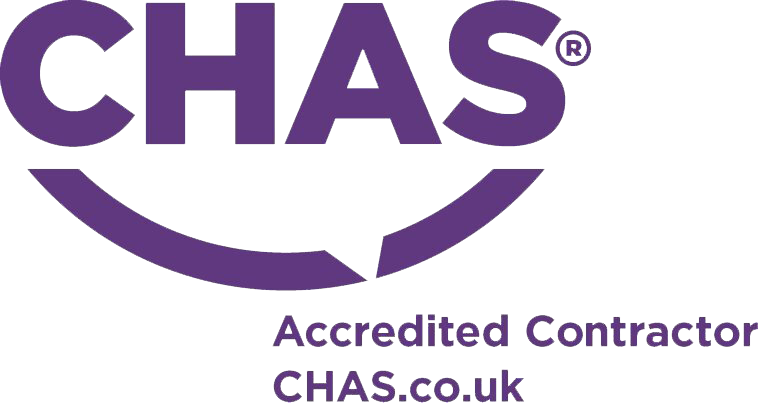CCTV has developed has come a long way from dark security control rooms and a luxury that only the very rich could afford.
Surveillance systems once seen only in movies are now a common sight in any office or house security system – and this is only due to the advent of smart CCTV solutions. These include anti-tailgating, security perimeter fencing, and other important forms of security.
But how exactly did this evolution of CCTV happen? From WW2 to modern expert security solutions, let’s look at how CCTV has developed over the years?
A Brief History of CCTV
Surprisingly, the first CCTV cameras were not designed for burglars (or any people for the matter). Rather, they were made to monitor rocket weapons safely from a bunker. A group of German scientists headed by Walter Buch invented the CCTV in 1942, which caught on quickly during WW2. Hence, CCTV live video capture became a breakthrough technology in the World War 2 era.
Given their immense popularity, CCTVs soon became commercial in 1949. Vericon, a government-contracted company in the U.S, started to promote CCTV systems.
But CCTVs at that time were still far from the analytical security solutions we have today. Although CCTVs could capture videos live from a distance, there was still no way to record videos. Thus, security cameras and CCTVs were still a live monitoring system at this stage. This meant someone had to be present 24/7 for managing commercial intruder alarms.
A milestone in Smart CCTV solutions
CCTV technology saw a massive change in the 1960s. Marie Van Brown adjusted Walter’s version of CCTV to record video in 1962, becoming the first person to install a CCTV house security system.
With the invention of VCR, CCTVs could now have surveillance footage. Security perimeter fencing developed, and Olean, New York became the first city to use CCTV cameras on its main streets.
Soon, CCTVs became integrated into intruder alarm systems. Therefore, security cameras and CCTV became prominent in criminal departments. In 1973, the NYPD in New York set up security cameras and CCTV in Times Square. Gradually, video surveillance began to spread throughout the U.S.
At first, it did not help in a significant decrease in crime. Then, in 1987, Norfolk’s council installed the first local government access control system. This became a huge success in deterring crime leading to CCTV cameras permeating public spaces.
After another 20 years, CCTV solutions achieved another milestone. In the 1990s, scientists invented digital multiplexing. Due to this, video surveillance systems now came with motion recorders and time-lapse – a common feature in today’s commercial intruder alarms.
Today’s CCTV solutions:
CCTV has gone through several improvements since then. Today’s security cameras and CCTV allow people to access CCTV footage from even the most remote location. Facial recognition, premier fencing solutions, and anti-tailgating systems have made it almost impossible for intruders to get their way around the system.
From campus security solutions to warehouse security systems, CCTVs are now a common sight everywhere you go. Surveillance has now become more comprehensive and foolproof with large databases and clearer images. Hence, every institute is bound to consider a CCTV Smart solution to control their management.
As we move forward to an era of public and private surveillance, Dacha SSI is here to help you learn about what option might be the right choice for you. Find more about the best CCTV security solutions and let us guide you to a more secure future! Contact us here for a free site survey or call 0333 344 5526










